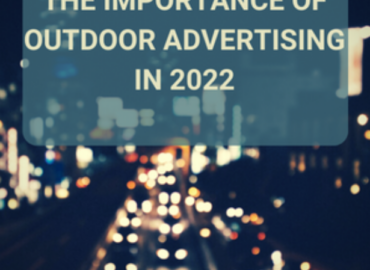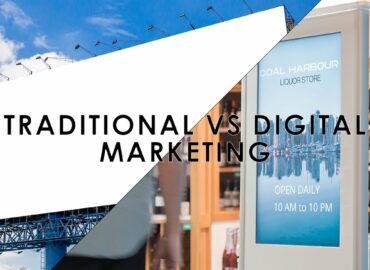Digital Advertising is Booming
Many forms of digital advertising has led to revenue growth in recent years. This includes things such as search, social media, content, video, and audio ads.
Data illustrates that there has been an increasing trend that is likely to continue throughout 2022. The U.S. sector, has already been expanding continuously since 2019 and represents over half of the total worldwide market’s advertising sales, is predicted to climb by 13%. With 11%, China comes in second. Global digital advertising revenues are expected to increase from 463.8 billion US dollars in 2021 and predicted to become greater than 633 billion US dollars in 2025.
Did the shutdown boost digital marketing?
The pandemic transition media and retail media to the Internet. The industries that have benefited are tourism, food, cosmetics, and office and computer equipment. As e-commerce sales increase, more advertising funds are being given to digital advertising.
To the circumstances created by the unique circumstance, purchasing behavior has quickly changed. For many of us, shopping online during lockdown has reshaped our shopping habits. The success of Zoom and video conferencing served as evidence that business could be conducted remotely.
There is no denying that advertising expenditure is shifting inexorably into the digital sphere.
Future advertising forms that will gain popularity steadily include addressable TV, digital audio, digital out-of-home, and digital in-store. The ever-expanding selection of ATV and podcasts is changing how people consume media, which is changing how advertisements are presented. In 2020, audio advertising revenue increased by 3.1 billion US dollars, or approximately 400 million US dollars. The majority of that was produced by mobile device placements.
The majority of the agencies who participated in the BVDW poll believe that these formats could expand during the course of the following five years.
New ad styles are taking off
The biggest growth over the previous year were in video and social media. The IAB Internet Advertising Revenue Report estimates that by 2020, social media advertising revenues would total 41.5 billion US dollars. Social media now represents nearly 30 percent of all internet advertising income, up 16.3 percent from the previous year. This is also a result of the developing online shopping industry, which will go on to enhance advertising revenues and probably increase social media’s market share.
Digital video segment revenues also increased quickly. Over 20% more people watched video advertising on computers and mobile devices last year. Since 2019, the entire amount of advertising revenue from digital videos has climbed by 4.5 billion to 26.2 billion US dollars. Mobile continues to increase and now represents 70% of digital video revenue.
The most common advertising type is still digital search engine advertising, which generated 59 billion US dollars in revenue in 2020 (an increase of 7.8%). Thus, search is responsible for 42.2 percent of all Internet advertising.
But when it comes to ad platforms, Google and similar companies are obviously no longer the sole players. Consumers are now using e-retailers’ search engines to do direct product searches. The brand or product sites hosted by the e-retailer receive direct traffic from these alluring advertising areas. In this way as well, the pandemic’s impact on consumers’ purchasing and consumption patterns has had a substantial impact on marketing efforts.
But how much longer will this surge in programmatic advertising last?
Cookies and programmatic advertising allow users to be magically transported to the seemingly ideal product. A popular marketing technique is customer-oriented tracking, which serves as the foundation for the customer journey. And it’s easy to understand why. After all, when digital advertising budgets are in line with specific user behavior, they may be used in a more targeted and effective manner.
Anti-tracking laws present a new difficulty for marketers.
Most websites now display cookie banners, which have little to do with actual data protection. Users do not necessarily consent to cookie functions just because they click on them automatically.
Web monitoring is already being reduced as a response to the problem by major firms like Google and Facebook. For instance, Apple recently unveiled Intelligent Tracking Prevention in an effort to rebuild user confidence in the firm. Adtech providers’ marketing solutions are thus put to the test: are they able to reach the intended audience while respecting its privacy? Over 90% of those polled as part of the trend monitor are concerned that the large American corporations—and, in the long run, Asian suppliers—will fall behind the European digital economy.
In the future, it will be difficult for both large corporations and smaller businesses to target their clients without the use of third-party cookies while still making sure that the customer journey is worthwhile. In the long run, Asian suppliers will overtake them, leaving large American firms in the dust.
Companies are being forced to develop new, profitable ways to exploit big data in real time and based on user behavior by blocking third-party tracking. The answer in this case might be contextual intelligence. This system recognizes high-quality online material, enabling accurate targeting and brand safety. A secure advertising environment is becoming more and more important for brands and businesses looking to emphasize their mission and sustainability, especially in the age of fake news.




